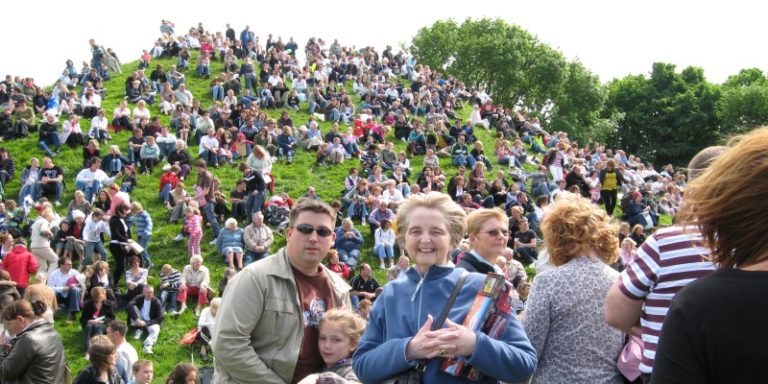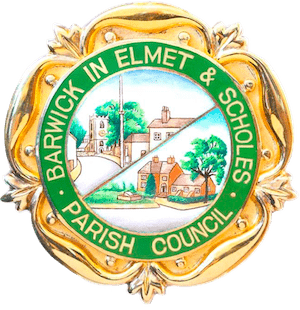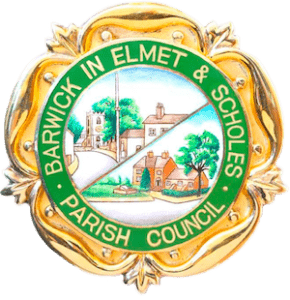



Hall Tower Hill and Field is owned and managed by the Parish Council and is a public space for all to enjoy. It is well worth the climb to the top of the mound to read the information board and take in the view.
PLEASE NOTE – BICYCLES ARE NOT ALLOWED ON HALL TOWER FIELD
History
In the medieval period Barwick in Elmet formed part of the honour of Pontefract, a large grouping of manors given to Ilbert de Lacy after the Norman Conquest. In the 12th century, Barwick became the regional administrative centre for the honour after Kippax ceased to fulfil the role. This possibly accounts for its relatively large size. Barwick may also have been developed as a planned village at a similar time with dwellings along what is now Leeds Road and crofts behind. It is not known when the castle was finally abandoned but Rothwell took on Barwick’s administrative functions in the 13th or early 14th century.
More information can also be found at :-
http://www.barwickinelmethistoricalsociety.com/4468.html
The Remains
Although parts of its ramparts are now obscured by modern developments, Barwick was once dominated by the earthworks of an Iron Age hill fort. Reusing this fortification for the erection of a castle was an obviou s choice for the de Lacys: employing the existing defensive ditch cut down on time and labour. However the internal area of the hillfort was too large for the de Lacys’ needs and they lessened the area by creating what is now the street known as the Boyle. This divided the former hillfort into two sections now known as Wendel Hill and Hall Tower Hill. The motte is situated in the southern part of the enclosed space. It is surrounded by a ditch to separate it from the encircling bailey. The reused ramparts are clearly visible and a vantage point on the south western comer of the site allows the visitor to look over into the defensive ditch below. No stone structures have been identified on the site so it is likely that the motte was topped by a wooden tower and that the rampart had a wooden palisade. A recent geophysical survey failed to find any trace of buildings within the baileybut this may result from problems getting a clear signal from the underlying geology rather than from the absence of any structures. An excavation in the early 1800s uncovered a number of skeletons but it is unclear what period they may have been from. Two Roman coins have also been found in the Barwick earthworks. During the Second World War the motte was used by the Royal Observer Corps as an observation post. Its remains can still be seen on the top of the motte, where an interpretation board is now situated. To see more of the Iron Age earthworks there is a footpath accessible from the Boyle which leads you across the centre of Wendel Hill and back to the village near the maypole

